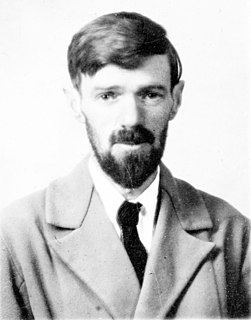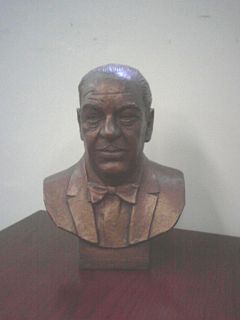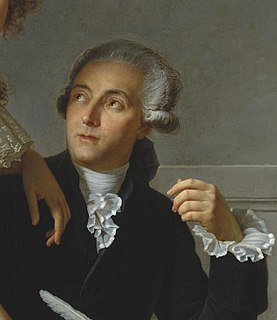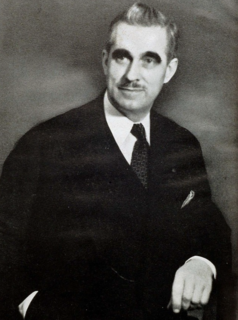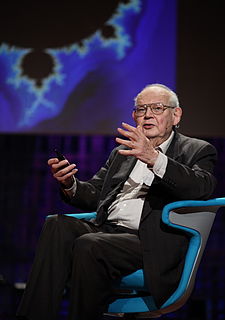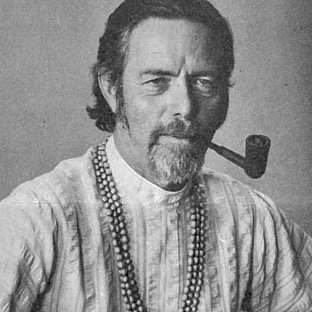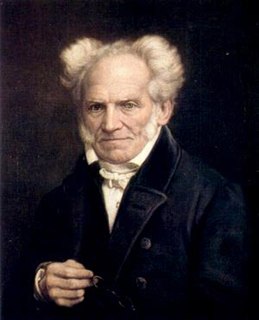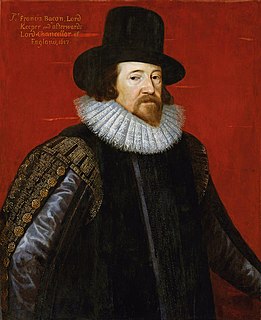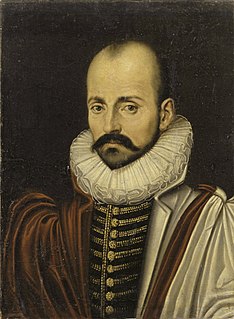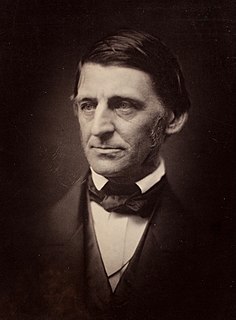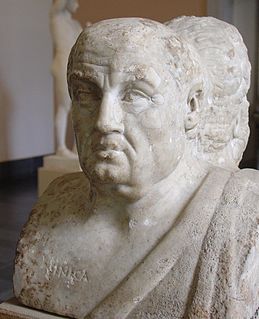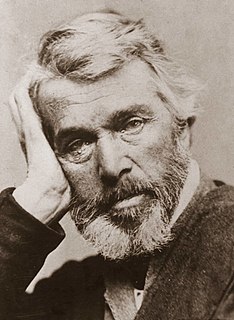A Quote by Maimonides
For the elements have the property of moving back to their place in a straight line, but they have no properties which would cause them to remain where they are, or to move otherwise than in a straight line. The rectilinear motions of these four elements when returning to their original place are of two kinds, either centrifugal, viz., the motion of the air and the fire; or centripedal, viz., the motion of the earth, and the water; and when the elements have reached their original place, they remain at rest.
Related Quotes
I do not believe in eternal progress, that we are growing on ever and ever in a straight line. It is too nonsensical to believe. There is no motion in a straight line. A straight line infinitely projected becomes a circle. The force sent out will complete the circle and return to its starting place.
To our senses, the elements are four and have ever been, and will ever be for they are the elements of life, of poetry, and of perception, the four Great Ones, the Four Roots, the First Four of Fire and the Wet, Earth and the wide Air of the World. To find the other many elements, you must go to the laboratory and hunt them down. But the four we have always with us, they are our world. Or rather, they have us with them.
A place (lieu) is the order (of whatever kind) in accord with which elements are distributed in relationships of coexistence. It thus excludes the possibility of two thing being in the same location (place). The law of the 'proper' rules in the place: the elements taken into consideration are beside one another, each situated in its own 'proper' and distinct location, a location it defines. A place is thus an instantaneous configuration of positions. It implies an indication of stability.
We may lay it down as an incontestible axiom, that, in all the operations of art and nature, nothing is created; an equal quantity of matter exists both before and after the experiment; the quality and quantity of the elements remain precisely the same; and nothing takes place beyond changes and modifications in the combination of these elements. Upon this principle the whole art of performing chemical experiments depends: We must always suppose an exact equality between the elements of the body examined and those of the products of its analysis.





